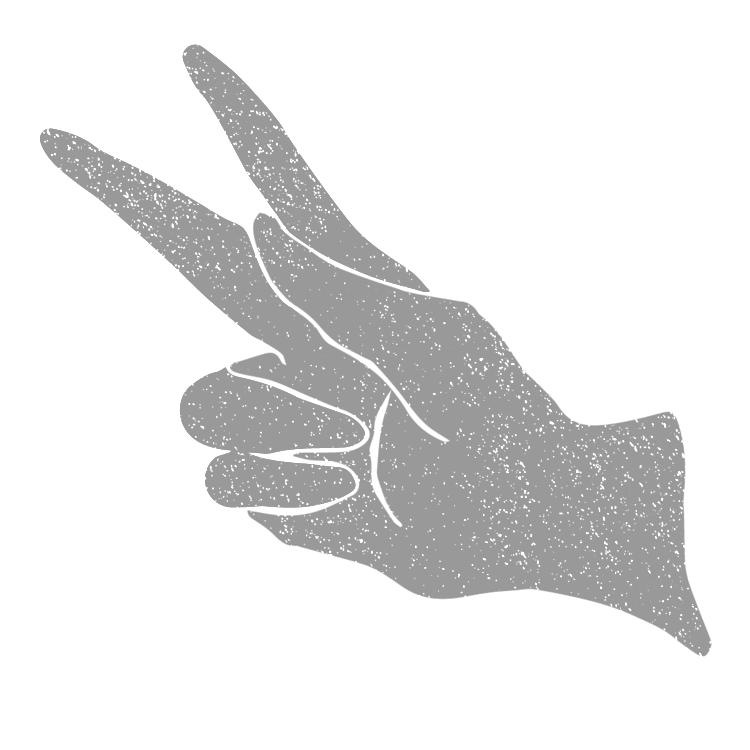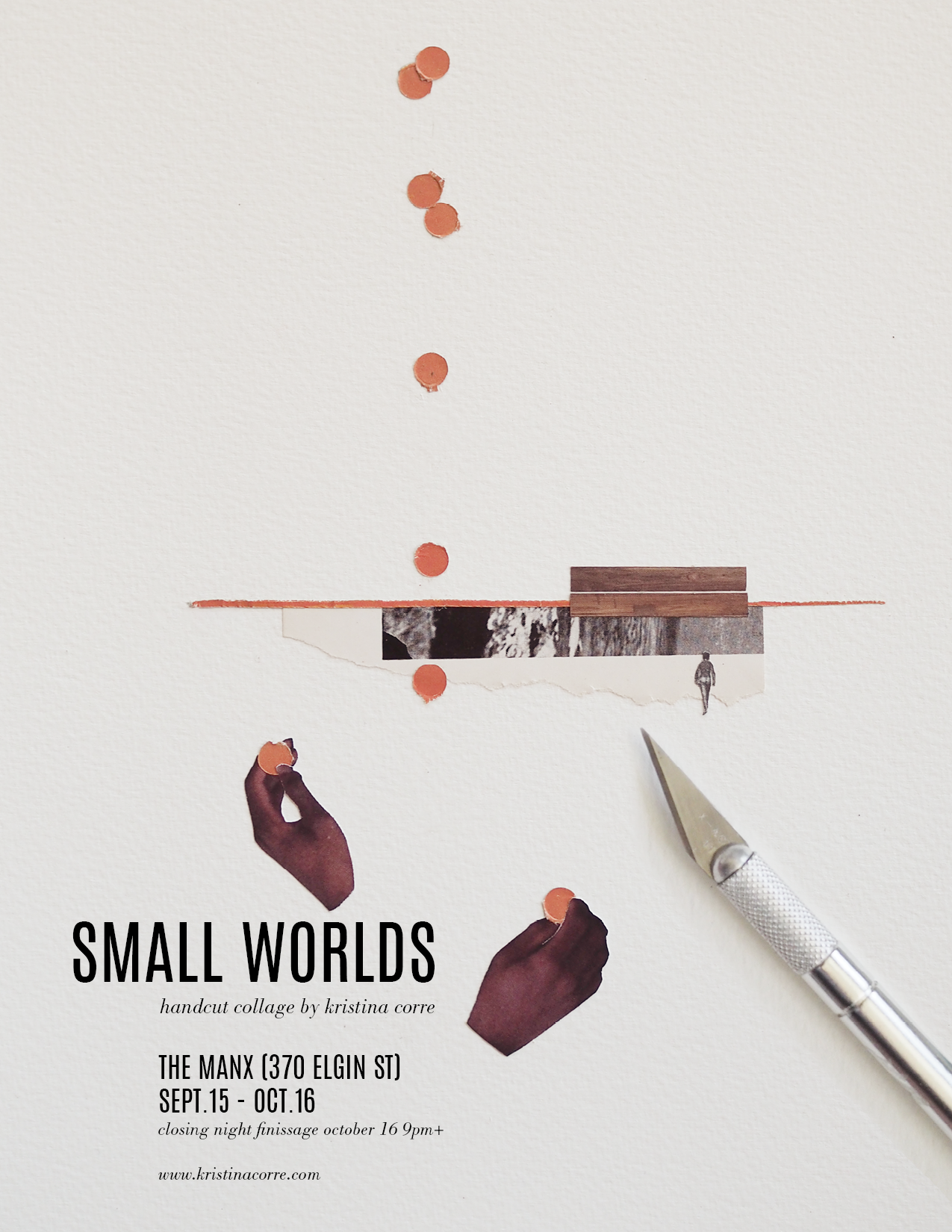It's been a fruitful summer of consistent, thoughtful making. Here's where you can catch me or my work this fall:
- Teaching a workshop at Possible Worlds on Thursday October 20th.
Breaking news from shop/art space co-owner Melanie Yugo: the workshop has entirely sold out (nearly within 24 hours of being announced)!! I'm so grateful to everyone who signed up. If all goes well, another workshop around Christmas or New Year's is a possibility. I'll do my best to make sure this is a hit so we can have another. 'Till then, make sure to follow Possible Worlds on facebook to be the first to hear about cool workshops (collage and otherwise) and brilliant art shows.
- In the company of six other fantastic local collage artists in my curated show as part of Chinatown Remixed until October 29th
Curating Improbable Treasures is something I'm incredibly proud of. Seven artists, a spectrum of approaches to collage, a cheeky theme pulled from Patti Smith's M-Train, and a carefully chosen venue in the heart of Chinatown. The opening was last weekend, but you have until the 29th to catch the show inside Little Latin America (764 Somerset St W). Store hours are 10-6 Monday to Saturday; closed Sundays.
- On the walls of one of the best places in Ottawa: The Manx!
A week before hanging the group show for Remixed, I hung Small Worlds at the Manx. It's a solo show of collage explorations created over the summer, most of which dig into my architecture school roots. It's on until October 16th, and I do hope you'll come join me for a drink that night for the show's closing (there was just too much happening in September to have an opening!). I'll update with a proper event page in the coming days.
I'm going into October feeling pretty accomplished and really proud in the work I put out. I hope you get a chance to check out these three very different venues and enjoy the exhibits (I'd love to hear what you think!). Now that all this work is out in the world, it's back to cutting and pasting and dreaming up projects for the new year.




